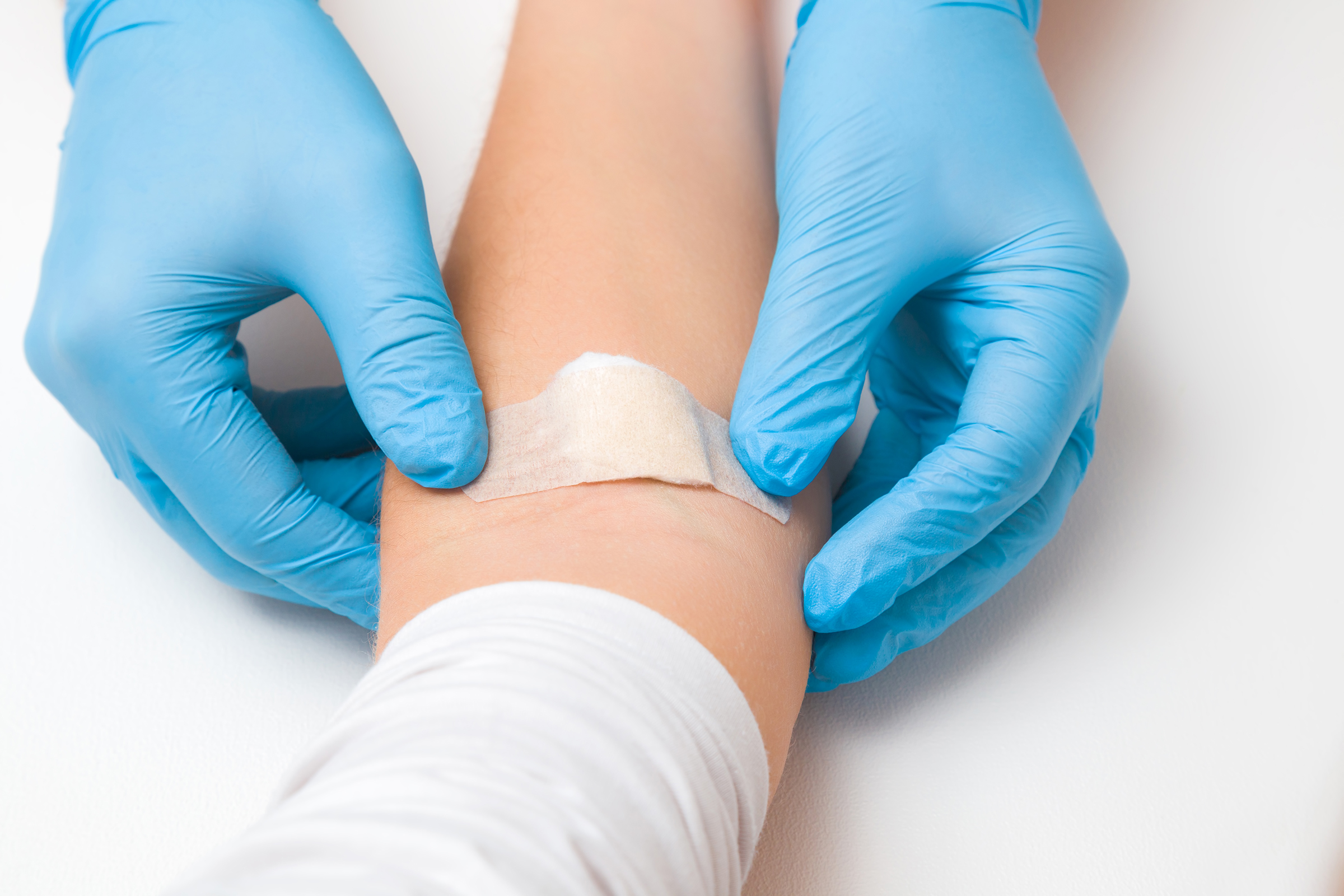
Winter is not a boom time for blood donation centers in the U.S. Bad weather, plus circulating flu strains, tend to deter people from giving blood. And the ongoing outbreak of the new coronavirus in the U.S. has worsened an already lean time. According to the American Red Cross, about 1,500 of their blood drives across the country have been canceled because of concerns about the coronavirus. The organization estimates that they’ve lost out on roughly 46,000 donations as a result. Meanwhile, the demand for blood is still strong.
“We’ve not seen anything like this at the Red Cross,” says Chris Hrouda, president of Biomedical Services for the American Red Cross. “The pace of the cancellations is unprecedented…within a week, we’ll be at critical levels of inventory.”
The Red Cross relies on schools, colleges, churches and civic organizations to partner with them in hosting blood drives. But host sites in more than 30 states—and not just areas that have higher numbers of COVID-19 cases, like California or New York—have canceled because of the virus, Hrouda says. As the Centers for Disease Control and Prevention (CDC) encourages people to avoid crowds and practice “social distancing,” more people are staying home.
“We need people to start turning out in force to give blood,” said Dr. Peter Marks, director of the Center for Biologics Evaluation and Research in the U.S. Food and Drug Administration (FDA), in a statement. (Blood donation centers are regulated by the FDA.) Donations are used for blood transfusions, which are given after serious injuries, surgeries and childbirth, and to help treat people for anemia, cancer, blood disorders and more.
“Unfortunately, this is our only source of blood in the United States,” Hrouda says. “We can’t get it any other way than having donors come in and donate.”
Hardy Dealerships in Dallas, Georgia, did not cancel its Red Cross blood drive on March 13. But only 11 people attended the five-hour blood drive, which typically draws about 25 people when the auto group holds it every few months. “While I was having blood drawn, I asked [the phlebotomist] if they had host organizations cancel, and they had three cancel yesterday,” says Justin Fuller, controller at the Hardy Family Automotive Group. “Schools had asked them not to come, and some churches were also closing.”
Bloodworks Northwest, a nonprofit blood donation organization that serves hospitals in Washington state and Oregon, also saw a recent rise in cancellations. As schools closed and new work-from-home policies began in those areas, host sites dropped out and people canceled appointments. They lost 100 blood drives (which means about 2,500 donations) as a result, says Curt Bailey, president and CEO of Bloodworks Northwest.
At the beginning of March, “we sounded the alarm and said the blood supply is going to collapse,” says Bailey. “We used that word, which we had never used before, to make it very clear to people: this is it.”
After public officials urged people to give blood and media began writing about the crisis, “we started to see a significant influx of newly scheduled appointments, and we started to see new organizations raise their hands and offer to host a blood drive,” Bailey says. The trend reversed. “Now, our blood supply is healthy and our inventories are very strong.” The challenge, he says, will be converting crisis donors into ones who give regularly to sustain them through the coronavirus outbreak.
To convince people that giving blood is safe, the Red Cross is asking those who have traveled to China, Hong Kong, Macau, Iran, Italy and South Korea not to donate for a month after their trip, and for people diagnosed with COVID-19 (or who have had contact with a person suspected to have the virus) to postpone donating for a month. “But that’s just out of an abundance of caution,” says Hrouda. “There are no data or evidence that this coronavirus can be transmitted by blood transfusion.”
Workers are also taking people’s temperatures before they enter blood drives (not after they get inside, the typical practice), Hrouda says. Donors are placed farther apart from one another. “We already had a very tight cleaning process, but we’re cleaning everything down between every donor and making sure our staff wears appropriate PPE [personal protective equipment],” he says.
He hopes that the extra measures, and the need, encourage people to donate. “Our concern is we’re going to see a pretty dramatic and pretty rapid drop in the inventory of blood in the U.S., both with the Red Cross and non-Red Cross blood centers,” Hrouda says. “That’s going to put a very important source of care for hospital patients at risk.”
More Must-Reads from TIME
- Cybersecurity Experts Are Sounding the Alarm on DOGE
- Meet the 2025 Women of the Year
- The Harsh Truth About Disability Inclusion
- Why Do More Young Adults Have Cancer?
- Colman Domingo Leads With Radical Love
- How to Get Better at Doing Things Alone
- Michelle Zauner Stares Down the Darkness
Write to Mandy Oaklander at mandy.oaklander@time.com